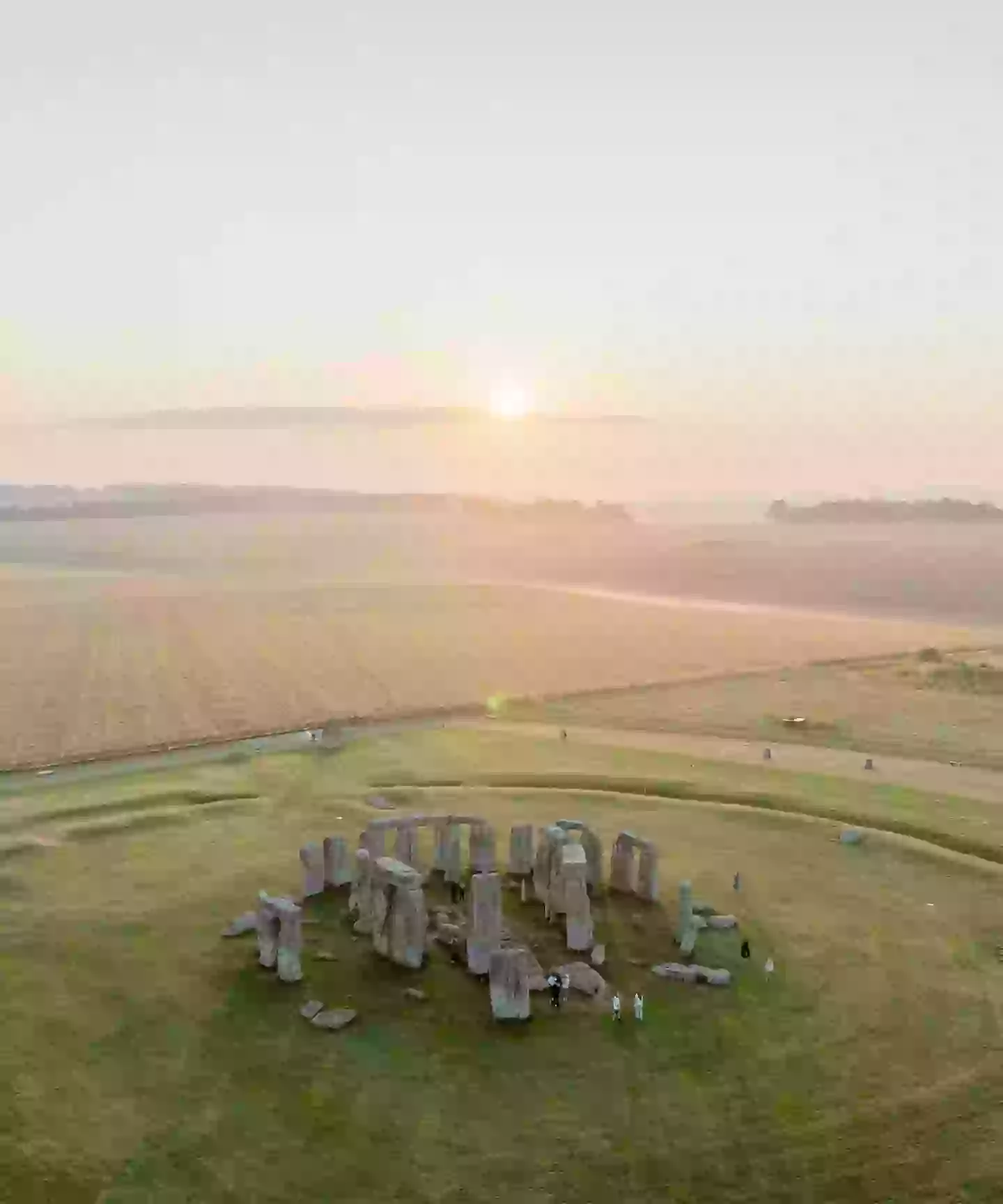Stonehenge, one of the world’s most famous ancient monuments, has long puzzled scientists—especially how some of its stones traveled more than 125 miles to their current place. A new study published in the Journal of Archaeological Science offers compelling evidence that humans carried these stones from Wales, not glaciers.
Professor Richard Bevins and his team at Aberystwyth University examined the ‘Newall boulder,’ a key stone at Stonehenge, comparing it with rocks from Craig Rhos–y–Felin in Wales. Using precise techniques, they found no signs the stone was moved by glaciers. Instead, the rock matches those at the Welsh outcrop, supporting the idea that Neolithic people transported it.

The chemical make-up of the boulder, including elements like thorium and zirconium, was identical to the Welsh source, strengthening the case for human movement. The team also studied Stone 32d, another buried stone initially thought different, but now confirmed to be similar in type.
Many experts already accept that early people accomplished the impressive task of moving heavy stones over long distances—some weighing 3.5 tonnes or more. Although some have suggested natural glacier movement, this new research argues that humans played the central role in building Stonehenge.
The study highlights how early humans used tools like ropes, sleds, and pathways, which helped them transport massive stones long before modern technology existed.


